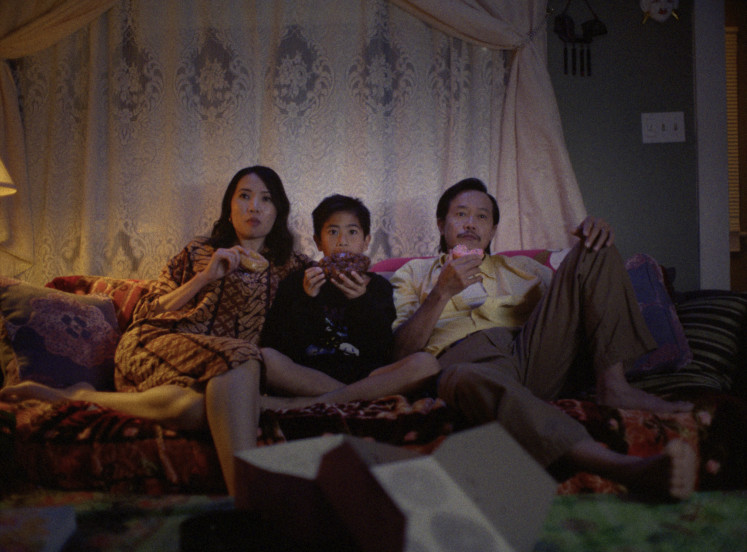Popular Reads
Top Results
Can't find what you're looking for?
View all search resultsPopular Reads
Top Results
Can't find what you're looking for?
View all search resultsDifferences between printed batik and authentic batik 'tulis’
Buyers beware of stamped or printed batik being sold as hand-drawn batik.
Change text size
Gift Premium Articles
to Anyone
B
atik is a traditional cloth made using the wax-resist dyeing technique. The fabric is found in various countries, but the batik of Indonesia is probably the best known, being designated by UNECSO as a Masterpiece of the Oral and Intangible Heritage of Humanity.
The most traditional type of batik is called batik tulis (hand-drawn batik), where patterns are drawn with pencil and redrawn with hot wax using canting (a pen-like instrument consisting of a small copper reservoir with a spout on a wooden handle). The whole process of making batik tulis is complex and time-consuming. The more intricate the pattern and the more colors desired, the longer the process takes. Batik tulis, therefore, is more expensive and highly sought after by collectors.
Read also: Three ways to identify quality batik
Apart from batik tulis, less expensive options such as batik cap (stamped batik) and printed batik are also available in markets. People who have just started collecting need to be careful when choosing their batik, as stamped batik made with high-quality cloth can look similar to batik tulis.
Dwita Herman, founder of a batik gallery named Galeri Buana Alit, said we need to be careful when buying batik. “Some clothes made of common print batik could be overpriced only because it has good cutting,” said Dwita to kompas.com.
Dwita added that printed batik these days are very attractive since they are manufactured by more sophisticated machinery. Still, there are some significant differences between batik tulis and printed batik.
The finished look of a batik tulis cloth is more organic and one of a kind, as it is handmade. Meanwhile, patterns at the edges of a printed batik cloth might look roughly cropped, or the colors might edge past the pattern lines.
Read also: Solo Batik Carnival 2018 shines light on batik diversity
Printed batik cloth is also not reversible as it is only dyed on one side. Dwita reminded batik lovers who came to her gallery that day to be careful about plangkan batik (screen-printed batik). She said that batik sellers in certain areas may claim that a plangkan batik is a batik tulis and charge a higher price.
Therefore, consumers should remember to be careful and avoid paying batik tulis prices for stamped or printed batik.











